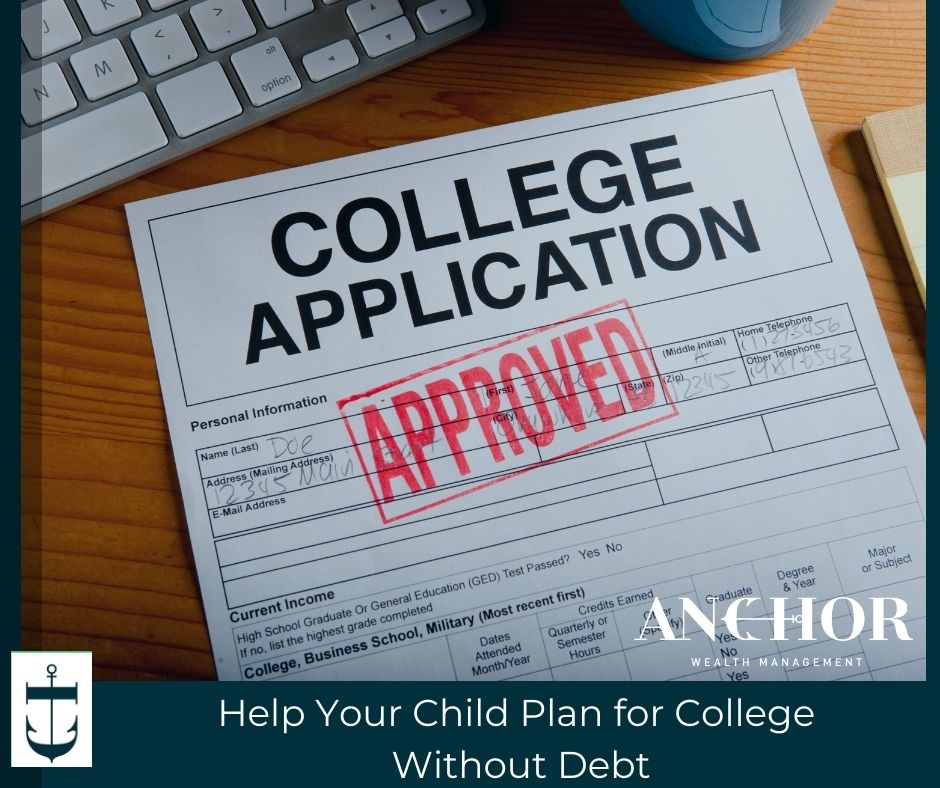
College is one of the biggest milestones for many students and their families and one of the biggest expenses, too. With tuition costs climbing every year, it is easy to worry about how to pay for it all. Many graduates leave school with debt that takes years, even decades, to pay off. The good news? It doesn’t have to be that way. With some planning and the right resources, you can help your child build a strong financial foundation and pursue their education without the heavy burden of loans at the finish line.
Tap Into Scholarships and Grants
As high school graduation approaches, encourage your child to look for scholarships that match their strengths, interests, or career goals. High schools often provide lists of local opportunities, and sites like Fastweb.com and College Board’s Scholarship Search can expand the search. Colleges and universities also have their own scholarship funds, sometimes awarded for specific majors, extracurriculars, or community involvement. Reach out to financial aid offices to uncover options you may not know exist.
Make the Most of a 529 Plan
When it comes to saving, starting early is key. A 529 college savings plan allows contributions to grow tax-free, and Illinois families enjoy the added benefit of state tax deductions. Even modest contributions make a difference over time. Instead of another toy or gadget for a birthday, consider adding to the 529 plan, an investment in your child’s future that will pay off for years to come. You or a loved one, like a grandparent, can open an account in Illinois or in another state as soon as your child has a social security number.
Explore Work-Study and Employer Programs
On-campus work-study programs or part-time jobs at places like the library or bookstore can give students income without overwhelming their schedules. Some employers even offer tuition reimbursement or educational assistance programs, which can help offset tuition costs while building valuable work experience.
Think Local
Service organizations, community foundations, and even employers in your area often provide scholarships that are less competitive than national ones. These opportunities are worth pursuing and can add up quickly when combined with other forms of aid. The Community Foundation of Northern Illinois, for instance, offers dozens of scholarships available to students each year at https://www.cfnil.org/scholarships.
Consider a Two-Step Path to a Degree
For many families, one smart way to manage costs is to think about where a student begins their college journey. Starting at a community college to complete general education (Gen Ed) courses can be significantly less expensive, and in many cases, those credits transfer directly into a four-year university program. Some high school students accomplish this through dual credit offerings or dual enrollment, taking advantage of earning an associate’s degree while still in high school.
Understand Loan Repayment Before Borrowing
It’s important to understand what repayment will look like before signing on the dotted line for a loan. The U.S. Department of Education offers tools to estimate how much your child may need to borrow, what repayment plans are available, and what future monthly payments could look like. You can explore these resources at studentaid.gov.
At Anchor Wealth, we help families align their financial strategies with their life goals, so investing in your child’s future does not come at the cost of your own.
